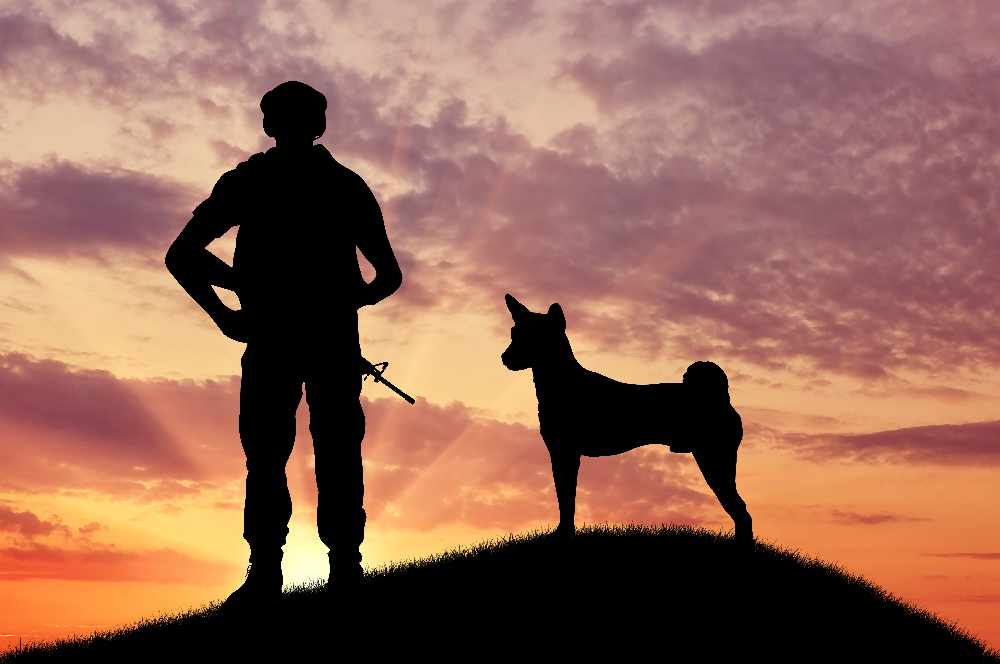
On Remembrance Day we honour the lives lost and human sacrifice of war. Here, Ruth Lawrence discovers how animals also played their part working alongside soldiers and civilians.
The vital role played by animals at war has been largely overlooked, yet horses, dogs and pigeons provided invaluable assistance alongside other combatants on the battlefield.
Horses were heavily relied upon in WWI and casualties were enormous but by the Second World War, their use was limited to the Mediterranean theatre. Over 6,000 horses were present during 1942 along with mules and camels. Among British forces all mounted units other than the Household Cavalry had become motorised, sparing horses the horrific suffering and fate they endured between 1914-1918.
In 1941, the War Office invited dog owners to lend their pets to the Army and within a fortnight, 7,000 offers were made by owners keen to help the war effort. Hertfordshire had a War Dogs Training School and many trained dogs were sent overseas on crucial missions.
In 1944, a Welsh collie called Ricky was sent to the Netherlands to sniff out mines, aiding troops that were struggling to locate and clear them from canal towpaths and railway lines. Two weeks before Christmas Ricky was injured during an explosion that killed the section commander. Despite receiving a serious head wound Ricky went straight back to work and sniffed out more mines, saving more lives. Ricky was presented with the Dickin Medal, the animal equivalent of the Victoria Cross, for his actions.
Several dogs played a part on D-Day, assisting airborne troops. Parachuted into occupied France under heavy anti-aircraft fire, their ability as sniffer dogs became paramount once on the ground.
The phenomenal canine sense of smell was a boon for locating people under bomb flattened buildings. A lady called Margaret Griffin formed a team with her two German Shepherds, Irma and Psyche, during the Blitz on London. The trio successfully helped locate 233 people under the rubble, 21 of whom were still alive.
War hero ‘Commando,’ was a red chequer pigeon used by the British forces in WWII. In his role as a carrier pigeon Commando transported intelligence in 90 missions. He was awarded the Dickin Medal for three notable missions in 1942 when he flew crucial information to Britain from France, including the location of German troops, industrial sites and injured British soldiers. His owner, Sid Moon, was a pigeon fancier who had served with the Army Pigeon Service during WWI and volunteered his birds to the war effort in 1939. When fighting ceased, Commando gained celebrity status and participated in an exhibition of wartime homing pigeons. His efforts were all the more exceptional as fewer than one in eight pigeons returned from their missions, most falling prey to marksmen, falconers, predation, bad weather or sheer exhaustion. Commando’s medal was auctioned by Sid Moon’s grand daughter in 2004 and purchased by a British collector for £9,200.
The importance of these animals to our nation during its darkest hours and darkest days shouldn’t be forgotten this Remembrance Day.

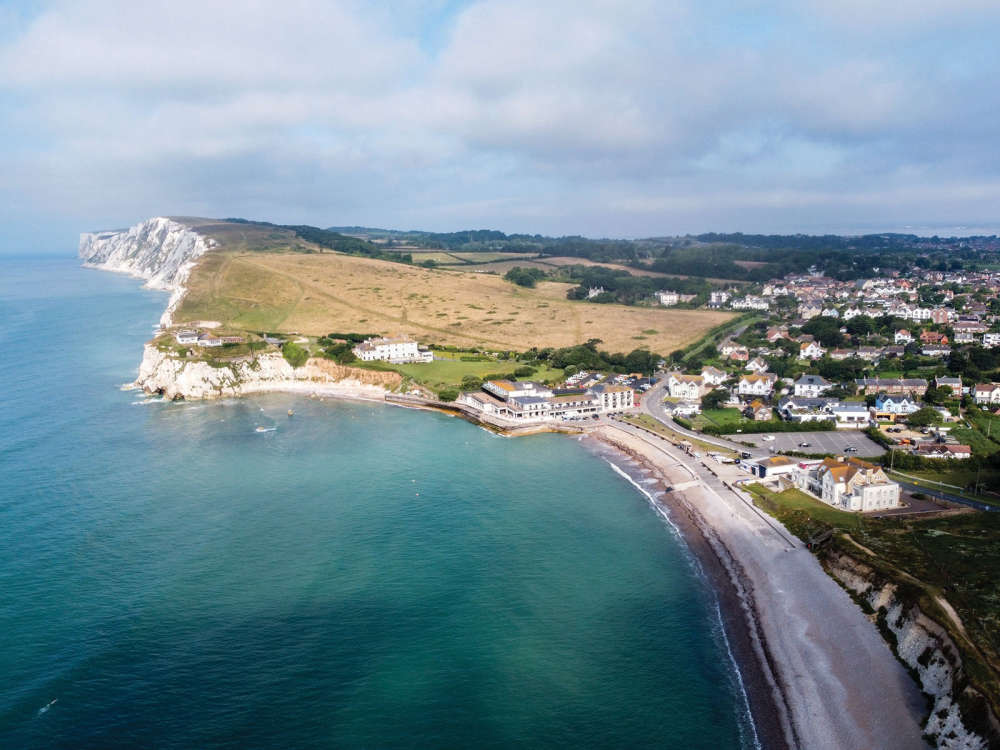 A Perfect Point of View: The History of the Albion Hotel
A Perfect Point of View: The History of the Albion Hotel
 Homes Extra: Let it Shine
Homes Extra: Let it Shine
 Denistry At The Root Of Isle Of Wight Health Concerns
Denistry At The Root Of Isle Of Wight Health Concerns
 Island Update: October 2024
Island Update: October 2024
 Home Style: Charming Tranquility
Home Style: Charming Tranquility
 Wedding Trends: Make Your Special Day Unique!
Wedding Trends: Make Your Special Day Unique!
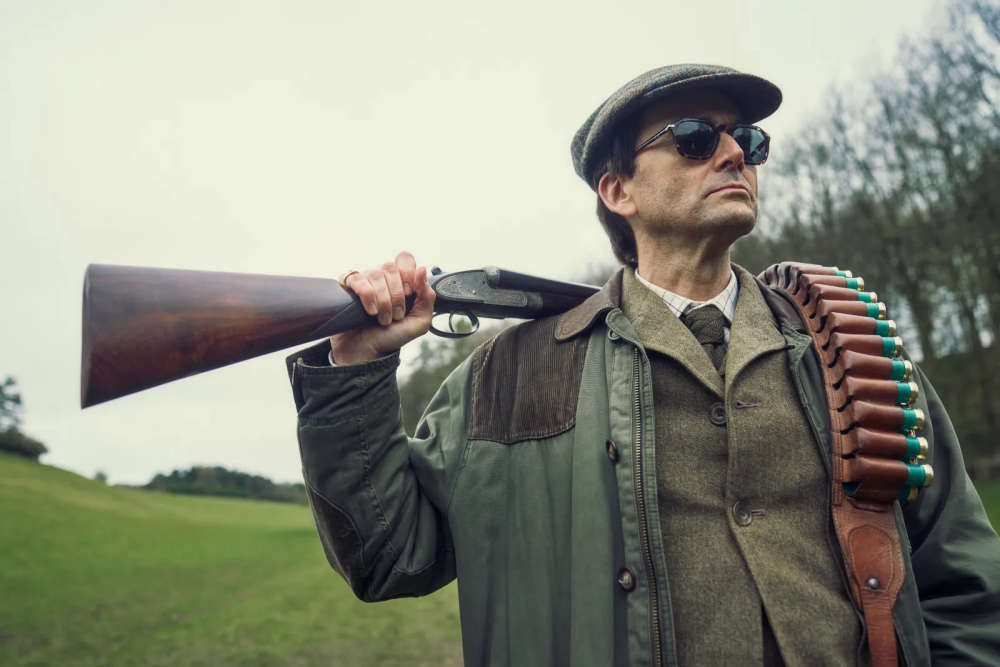 What to Watch in October 2024
What to Watch in October 2024
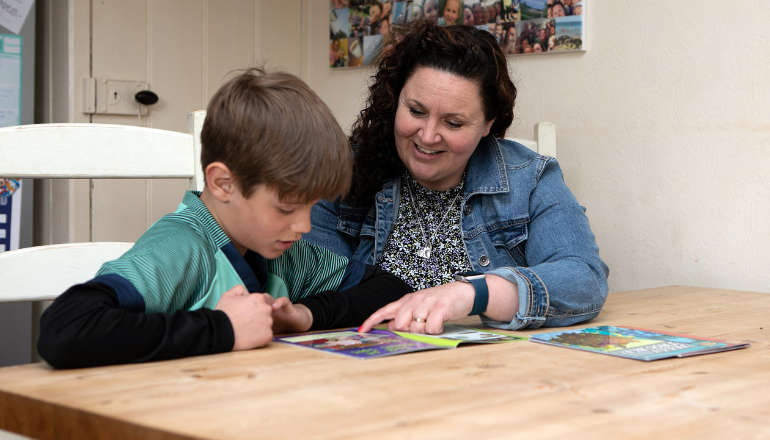 Well-Known Dyslexia Influencer Hosts Isle Of Wight’s First Ever Dyslexia And Dyscalculia Conference
Well-Known Dyslexia Influencer Hosts Isle Of Wight’s First Ever Dyslexia And Dyscalculia Conference
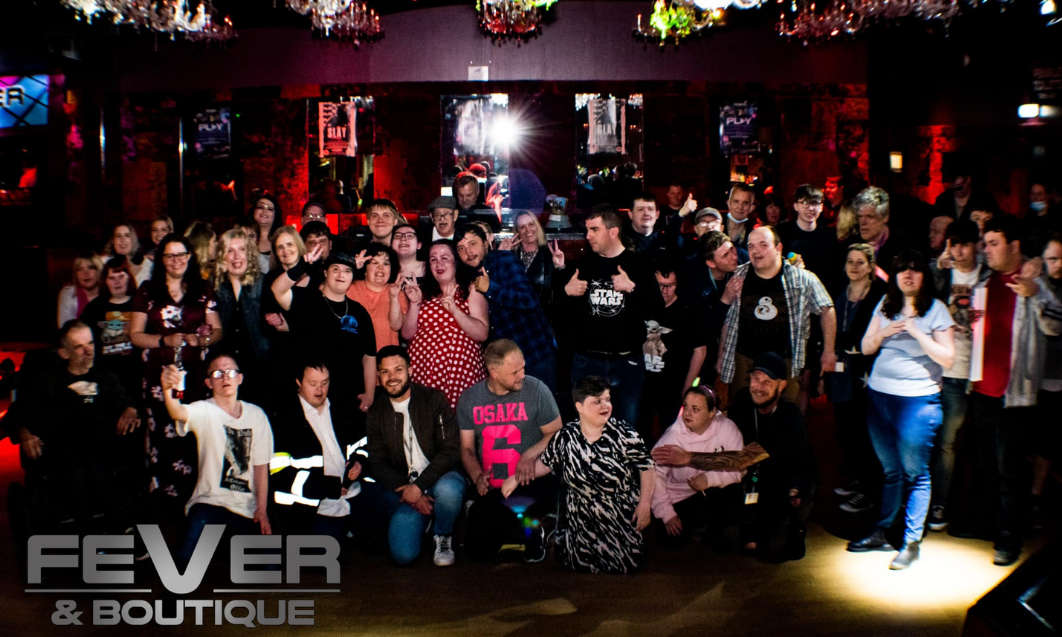 Saturday Night Fever - Newport Nightclub To Close After Weekend Send-Off
Saturday Night Fever - Newport Nightclub To Close After Weekend Send-Off
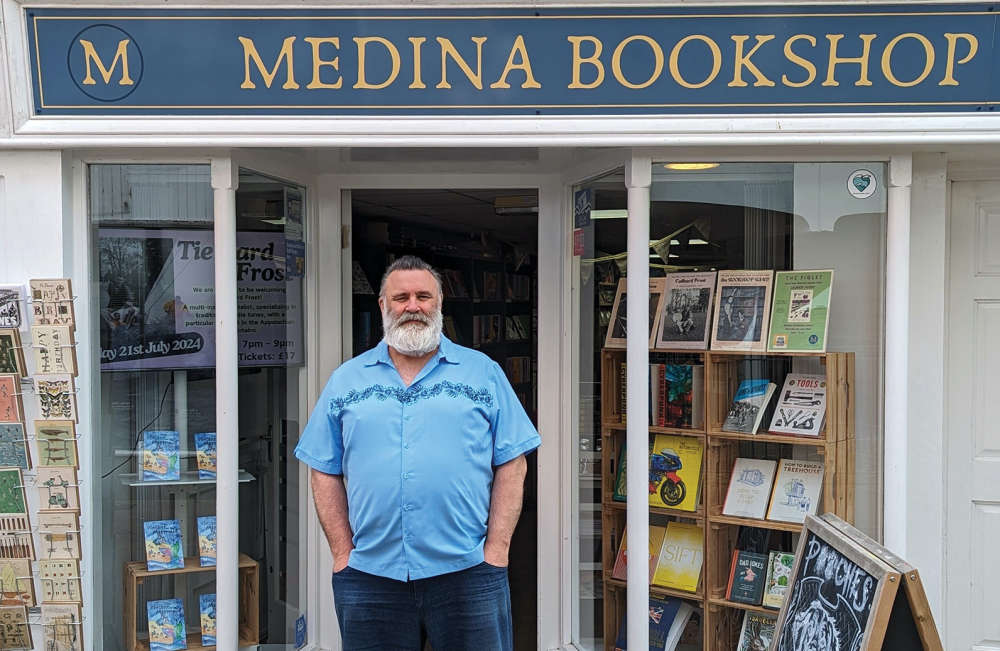 Island Authors at the Literary Festival
Island Authors at the Literary Festival
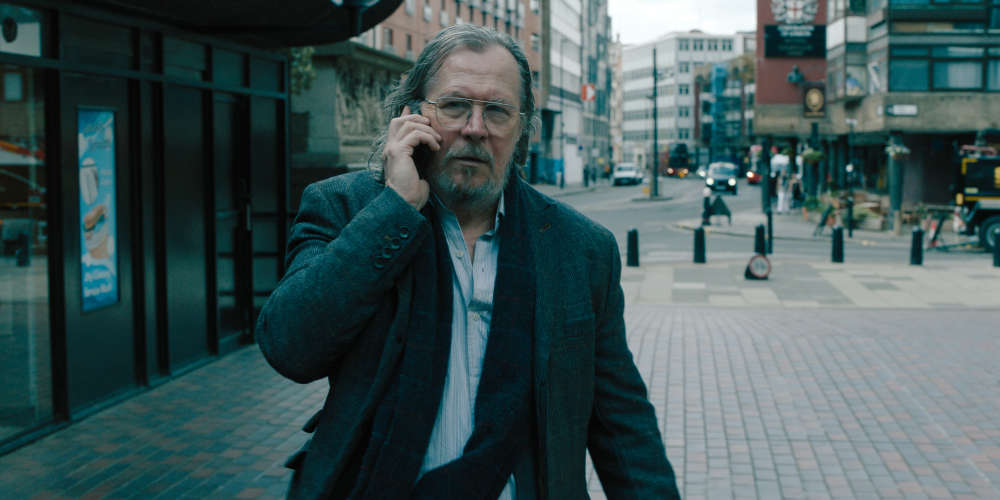 What to Watch in September 2024
What to Watch in September 2024
 Coping with Bereavement
Coping with Bereavement
 East Cowes Esplanade Celebrates its Centenary Year
East Cowes Esplanade Celebrates its Centenary Year
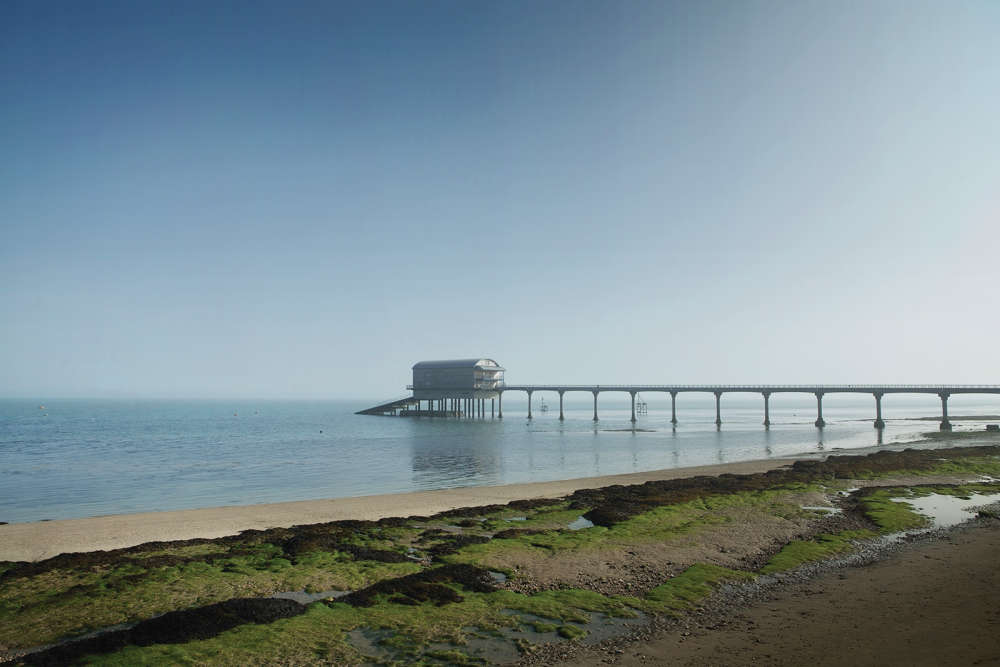 Isle of Wight Walking Festival
Isle of Wight Walking Festival
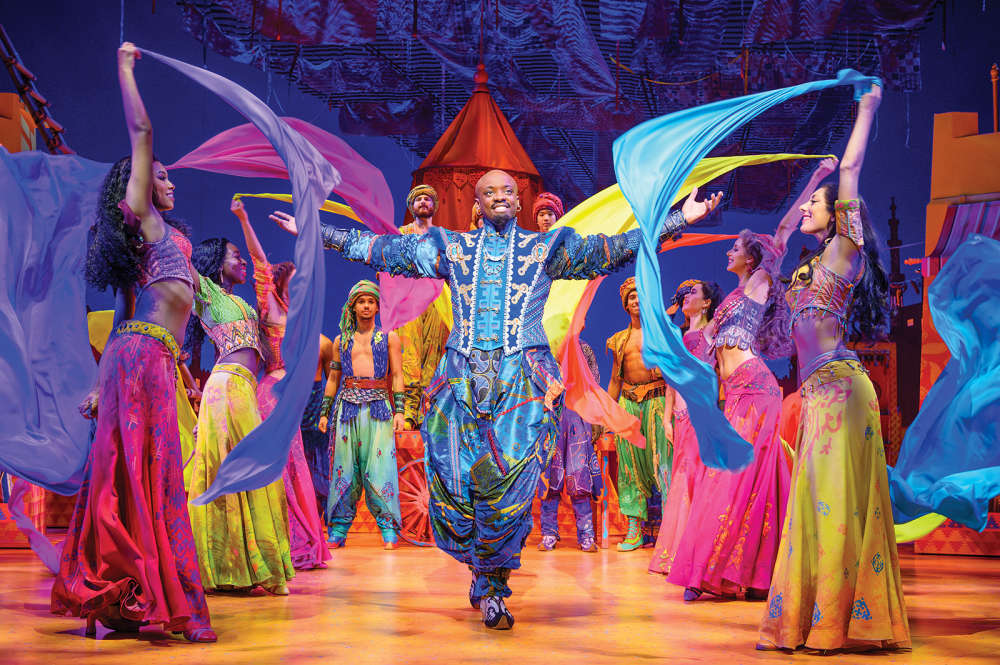 Roll out the Magic Carpet!
Roll out the Magic Carpet!
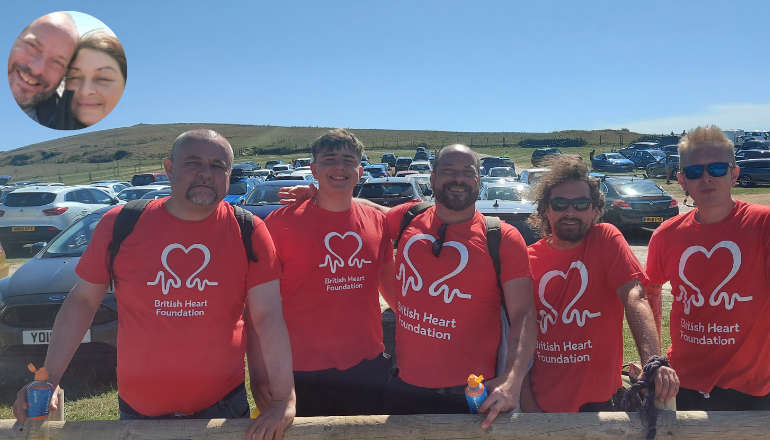 British Heart Foundation Walk Taking Place In Memory Of Natalie
British Heart Foundation Walk Taking Place In Memory Of Natalie
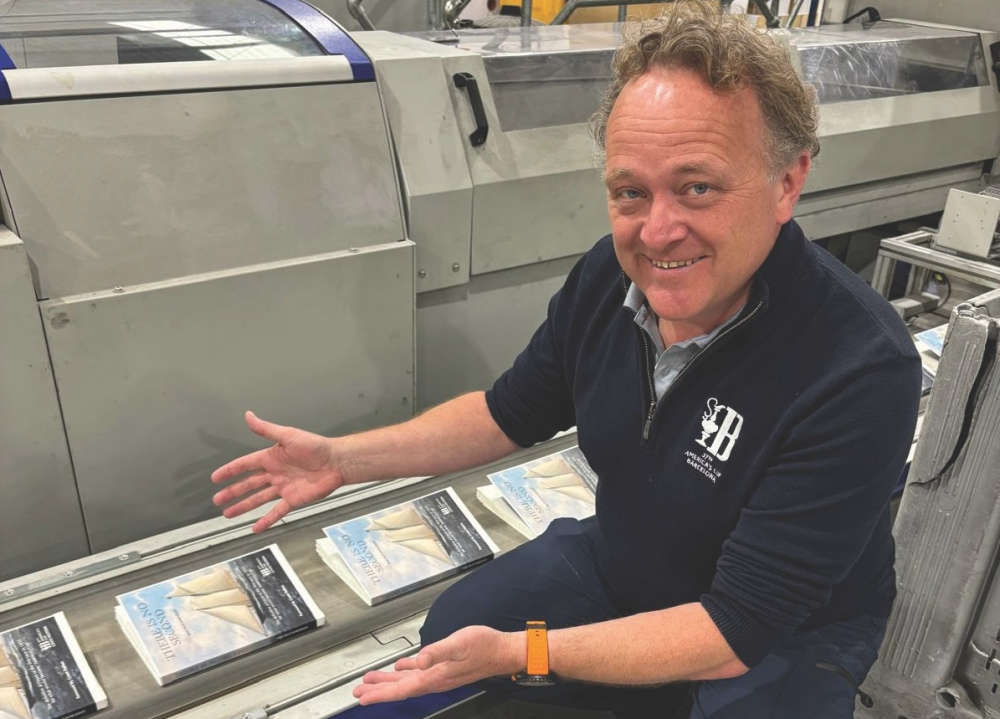 East Cowes Author Decodes the Island's Most Famous Yacht Race
East Cowes Author Decodes the Island's Most Famous Yacht Race
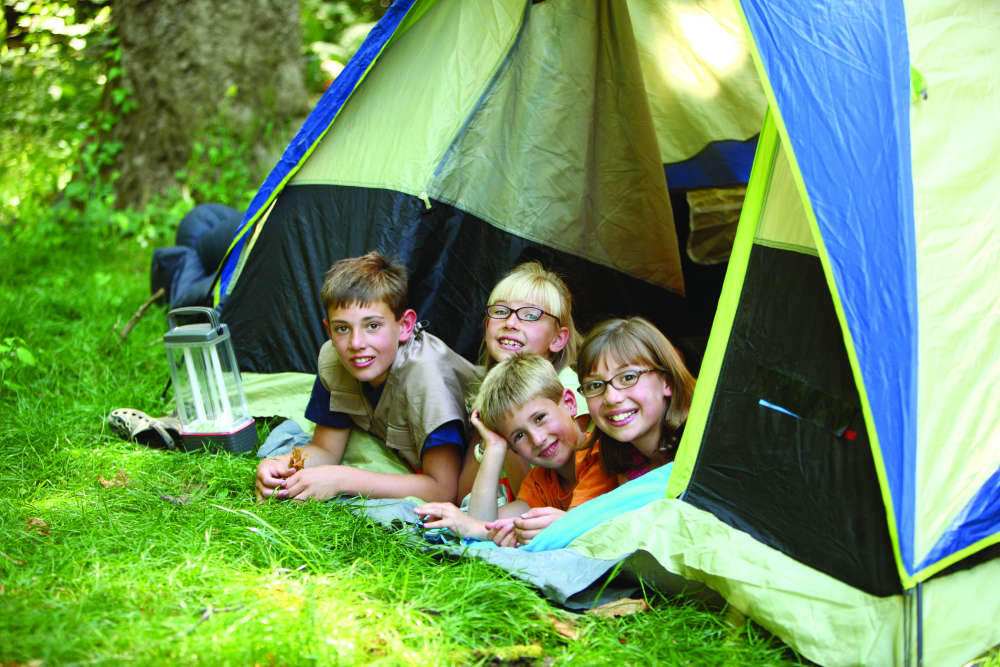 10 Ideas for a Screen-Free Summer
10 Ideas for a Screen-Free Summer
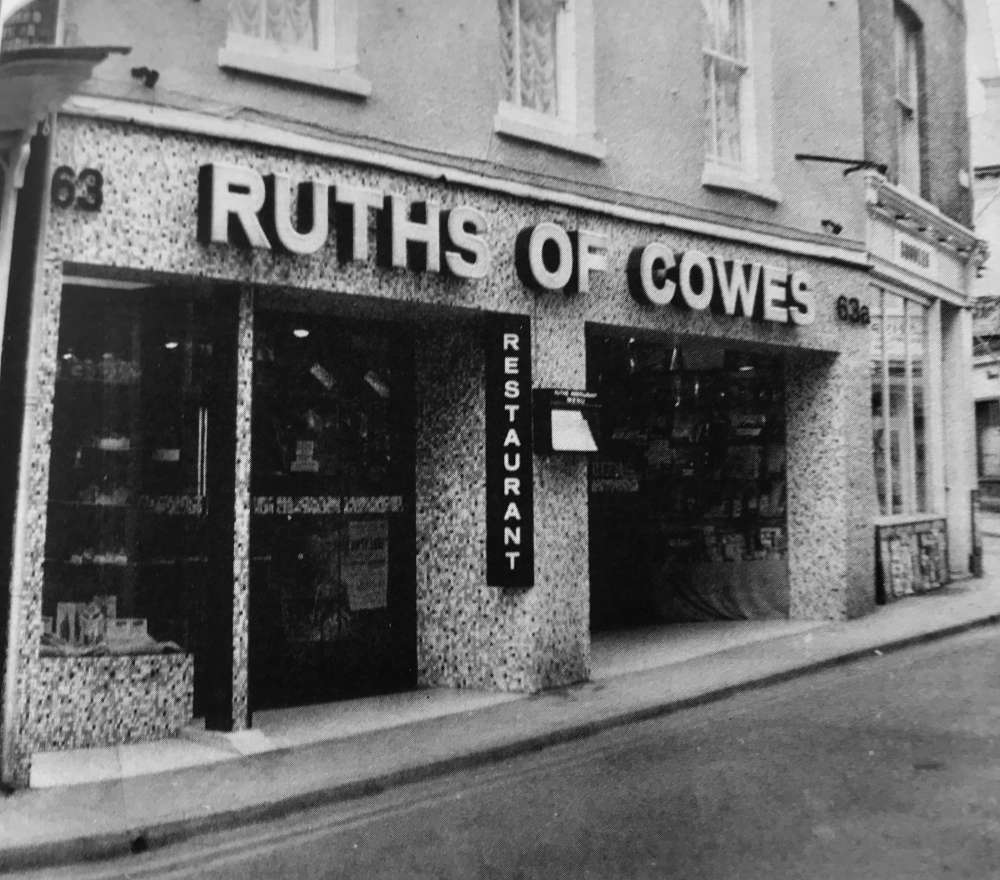 Couture to Coffee Shops: A History of Shops in Cowes
Couture to Coffee Shops: A History of Shops in Cowes
 The Big Scoop: Twenty Years of Plaza Ices
The Big Scoop: Twenty Years of Plaza Ices